How Tight Should A Chainsaw Chain Be
- January 4, 2024
- 0 comment
Understanding the proper tension of a chainsaw chain is crucial for both safety and efficiency. However, achieving the perfect tension can be a matter of personal preference and experience. Here, we explore the importance of chain tension, balancing between too loose and too tight, and the recommended method for adjusting your chainsaw chain.
The Debate Among Professionals
When it comes to chainsaw chain tension, even seasoned professionals may differ in their preferences. If you gather five expert chainsaw users, such as fallers, loggers, buckers, tree care specialists, or pruners, and ask them to set their chains to what they believe is the optimal tension, you’ll likely observe five different tensions. This variance underscores a key point: there is a range of acceptable tension, but certain guidelines should be followed to avoid risks.
The Risks of Improper Tension on a Chainsaw Chain
Ensuring your chainsaw chain has the correct tension is not just a matter of efficiency; it’s a critical safety concern. Both overly loose and excessively tight chains pose significant risks, each with its own set of hazards. Here’s what can happen when the tension isn’t just right:
- The Dangers of a Too Loose Chain: When a chainsaw chain is too loose, it significantly increases the risk of derailment. This issue often occurs during tasks like cutting or limbing. Derailment not only causes damage to the chainsaw itself but also to the material being worked on. Moreover, the consequences of a loose chain go beyond equipment damage. The greater risk lies in the potential for personal injury. A chain that snaps off the bar due to being excessively loose can cause severe injuries, particularly to the user’s limbs. The unpredictability and suddenness of such an event leave little time for the user to react, increasing the danger manifold.
- The Consequences of a Too Tight Chain: On the other hand, a chain that’s too tight presents a different set of problems. Chainsaw chains are subjected to significant centrifugal forces, especially at high speeds around 12,000 RPM. A tight chain exerts additional pressure on the bar’s tip and the sprocket at the back. This undue stress accelerates the wear and tear on these parts, necessitating more frequent replacements and maintenance. Furthermore, a tightly tensioned chain is in a constant struggle against the chainsaw’s centrifugal forces. These forces naturally try to stretch the chain, but a tight setting resists this movement. This ongoing tension impedes the chain’s ability to rotate smoothly and efficiently, leading to a less effective cutting process. It may also cause the chainsaw’s motor to overwork, potentially shortening the life of the saw.
How Tight Should a Chainsaw Chain Be: Adjusting for Perfect Tension
When it comes to operating a chainsaw, one of the most crucial questions is: How tight should the chain be? Proper chain tension is vital for efficient cutting and to ensure the safety of the operator. Here’s a detailed guide to help you achieve the perfect tension for your chainsaw chain.
1. Locate the Adjustment Screw
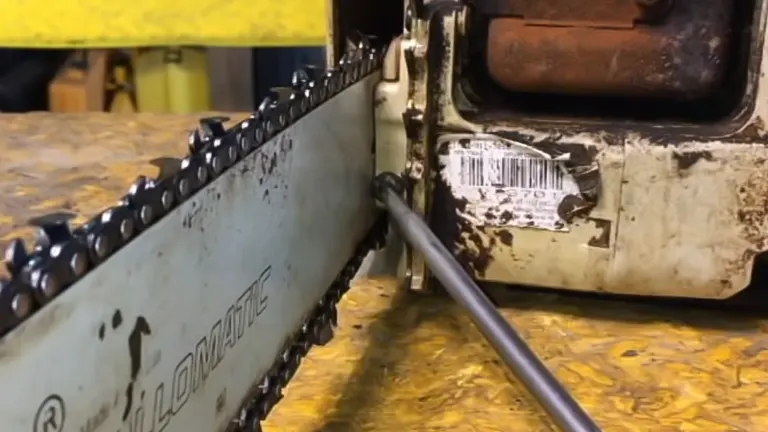
The first step is to find the adjustment screw on your chainsaw. This screw can vary in location depending on the model of your chainsaw. Typically, it’s located at the front of the chainsaw, between the bar and the inside dog. Alternatively, it might be on the outside of your bar cover. Identifying this screw is essential for making tension adjustments.
2. Loosen the Bar Nuts
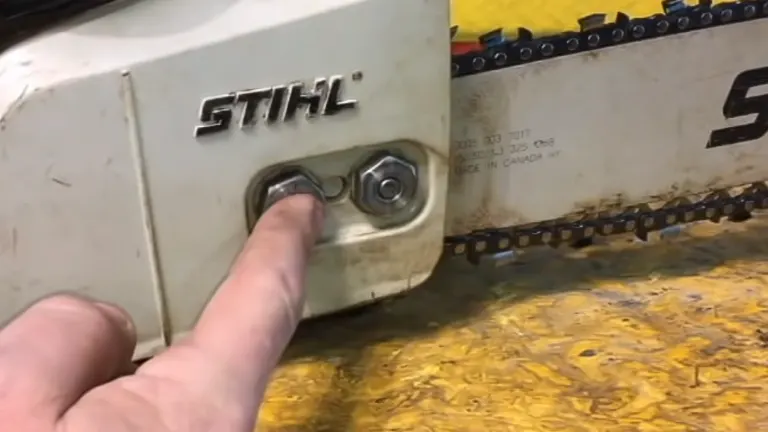
Next, loosen the bar nuts. These nuts hold the bar in place and adjusting them is crucial for setting the chain tension. You should loosen them just enough to allow the bar to move up and down. This movement is key for properly adjusting the chain’s tension.
3. Understand the Importance of Bar Movement
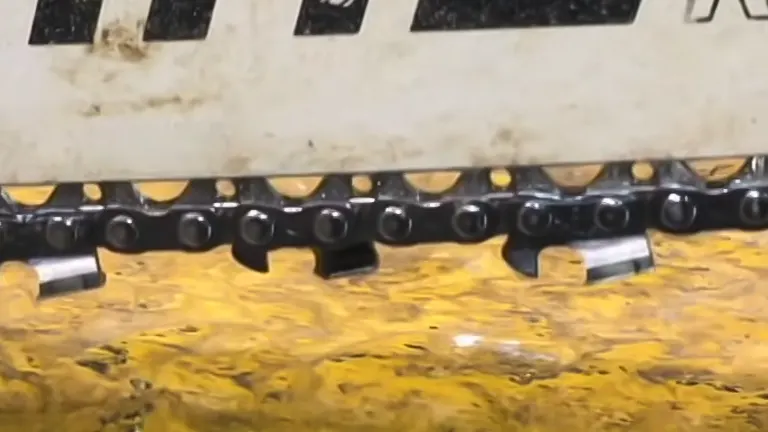
Different chainsaws have varying degrees of bar movement. Some might move as much as half an inch, which can significantly affect the chain’s tension. Keep in mind that while cutting, pressure applied to the chain can push the bar upwards, altering the tension. This change needs to be accounted for during adjustment.
4. Adjust the Chain
Hold the Tip of the Bar Up
This step is crucial as it simulates the position the bar will be in during cutting. It ensures that the tension set is the tension you’ll actually work with.
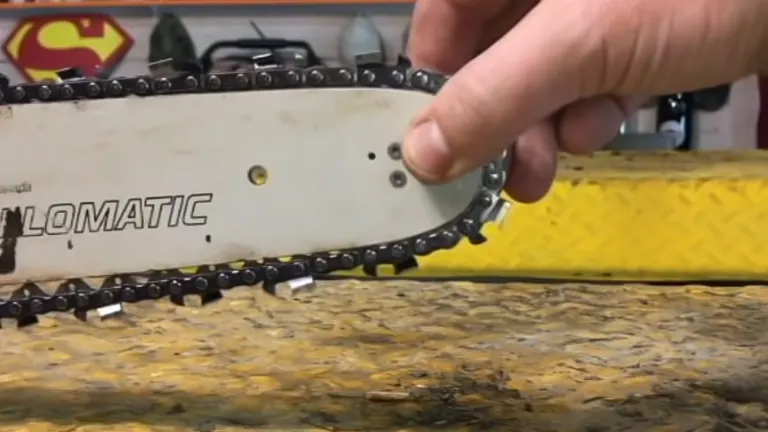
Tighten the Tensioning Screw
Gradually turn the tensioning screw, tightening the chain until it snugly fits against the bar. This should be done while still holding the bar tip up.
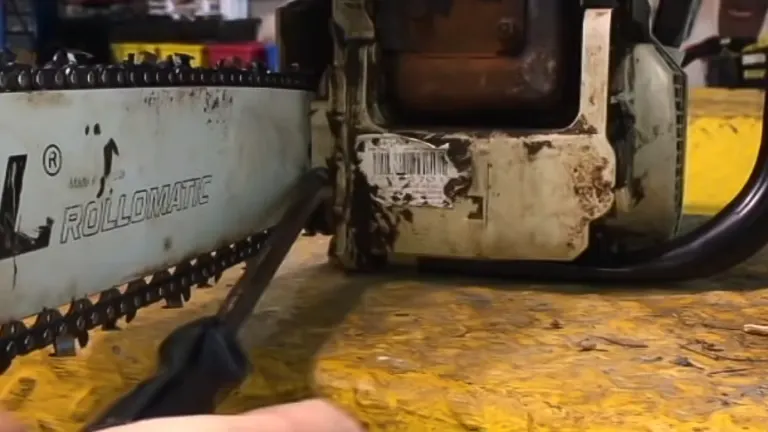
Secure the Bar Nuts
While maintaining the bar in its upward position, tighten the bar nuts back into place. This ensures that the tension of the chain is maintained in the operational position.
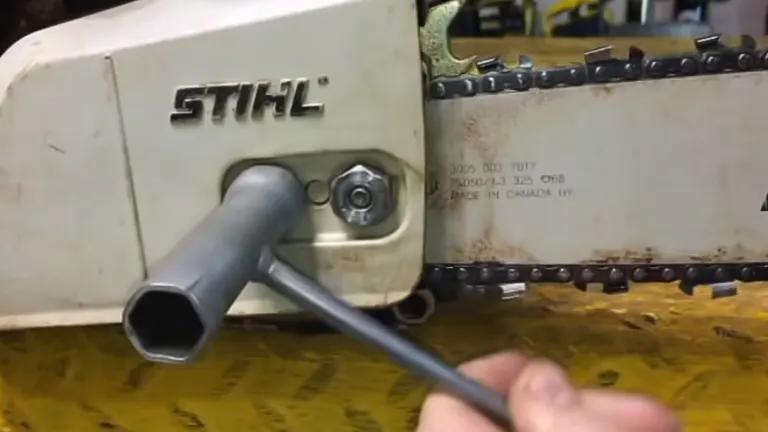
5. Perform a Final Check
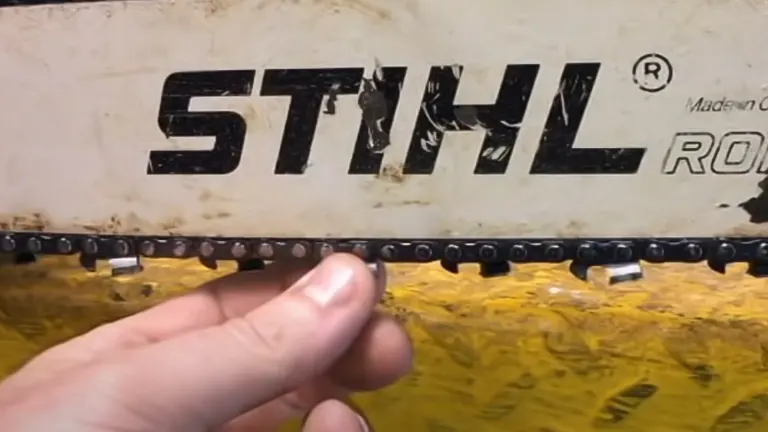
After adjusting the tension, conduct a final check to ensure the chain is correctly set. The chain should be snug against the bar but still able to move freely when you pull it by hand (wearing safety gloves is advised for this step). This check is crucial to confirm that the chain is neither too tight nor too loose.
Conclusion
Proper chainsaw maintenance, including chain tension, is not just about following steps but understanding how your tool reacts under different conditions. By maintaining the right tension, you not only prolong the life of your chainsaw but also ensure a safer, more efficient cutting experience. Whether you’re a seasoned professional or a weekend warrior in yard work, remembering these guidelines will help keep both you and your chainsaw in top condition.
Related Articles:
- Common Reasons Your Chainsaw Is Smoking
- Top 5 Causes of a Loose or Detached Chainsaw Chain: How to Identify and Fix
- Chainsaw Safety Guide Tips
- Mastering Tree Felling Techniques: A Guide to Different Undercuts
- 5 Step Plan for Safe Tree Felling with a Chainsaw
- Avoiding Common Mistakes When Using a Chainsaw
- How to Cut Down a Tree Safely: Guide to Tree Felling
- How To Sharpen A Chainsaw Properly: Tips and Tricks
FAQs
- Can the Weather Affect My Chainsaw Chain Tension?
Yes, temperature and humidity can impact your chain tension. In hot weather, metal expands, potentially making the chain tighter, while in colder conditions, the chain might contract and become looser. It’s important to check and adjust the tension as needed in different weather conditions. - How Often Should I Check My Chainsaw Chain Tension?
It’s recommended to check the tension each time before using your chainsaw. The chain can loosen with use, so frequent checks ensure optimal performance and safety. - What Is the ‘Snap Test’ for Chainsaw Chain Tension?
The ‘Snap Test’ is a quick way to check tension. Gently pull a chain link away from the bar; if it snaps back into place without much slack, the tension is likely good. However, if it hangs loose or is difficult to pull, it needs adjustment. - Does Chain Tension Affect the Type of Cut I Can Make?
Yes, improper tension can affect cutting accuracy. A too-tight or too-loose chain might lead to uneven cuts or difficulty in controlling the saw. - What Are the Risks of Over-Tightening My Chainsaw Chain?
Over-tightening can cause excessive wear on the bar and sprocket, increase the risk of chain breakage, and put additional strain on the chainsaw’s engine, reducing its lifespan. - Can a New Chain Affect How I Set the Tension?
Absolutely. New chains tend to stretch more during their initial use, requiring more frequent adjustments to maintain the correct tension. - How Do I Know If My Chain Is Too Loose During Operation?
Signs of a loose chain include sagging from the bar, a rattling noise, or the chain coming off the bar during operation. Stop immediately and adjust the tension if you notice these signs. - Is There a Universal Tension Setting for All Chainsaws?
No, the perfect tension can vary depending on the chainsaw model and the type of chain used. Always refer to your chainsaw’s manual for specific guidance. - Can Improper Chain Tension Lead to Kickback?
While tension doesn’t directly cause kickback, a loose chain can increase the risk as it may snag or get pinched during cutting, leading to potential kickback. - How Does Chain Tension Relate to Chainsaw Maintenance?
Proper chain tension is a crucial aspect of chainsaw maintenance. It ensures efficient cutting, reduces wear on the chainsaw components, and prolongs the life of both the chain and the saw.
Join the discussion below by sharing your experiences, tips, or reviews. Your contributions help others make informed decisions and navigate their chainsaw choices with confidence. Let’s build a community of shared knowledge for all wood-cutting enthusiasts!

David Murray
Forestry AuthorI'm David Murry, a forestry equipment specialist with a focus on chainsaw operation. With over 13 years of experience, I've honed my skills in operating and maintaining a wide range of machinery, from chainsaws to log splitters. My passion for the outdoors and commitment to sustainable forestry drive my work, which emphasizes safety, efficiency, and staying updated with industry advancements. Additionally, I'm dedicated to sharing my expertise and promoting environmental awareness within the forestry community.

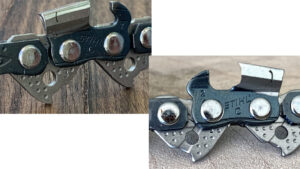
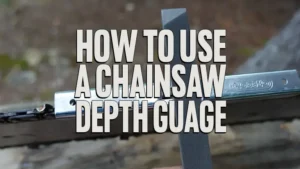
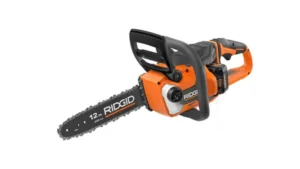
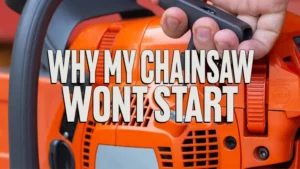
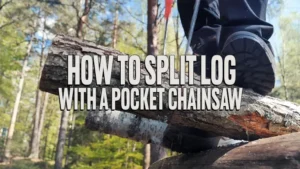

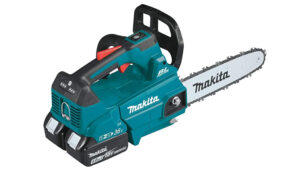
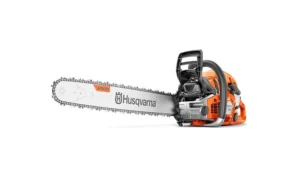

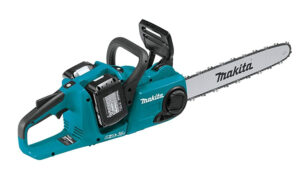
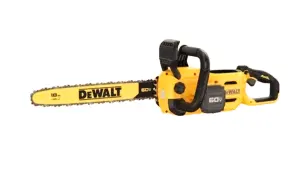
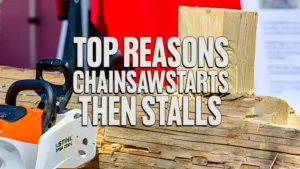
Leave your comment